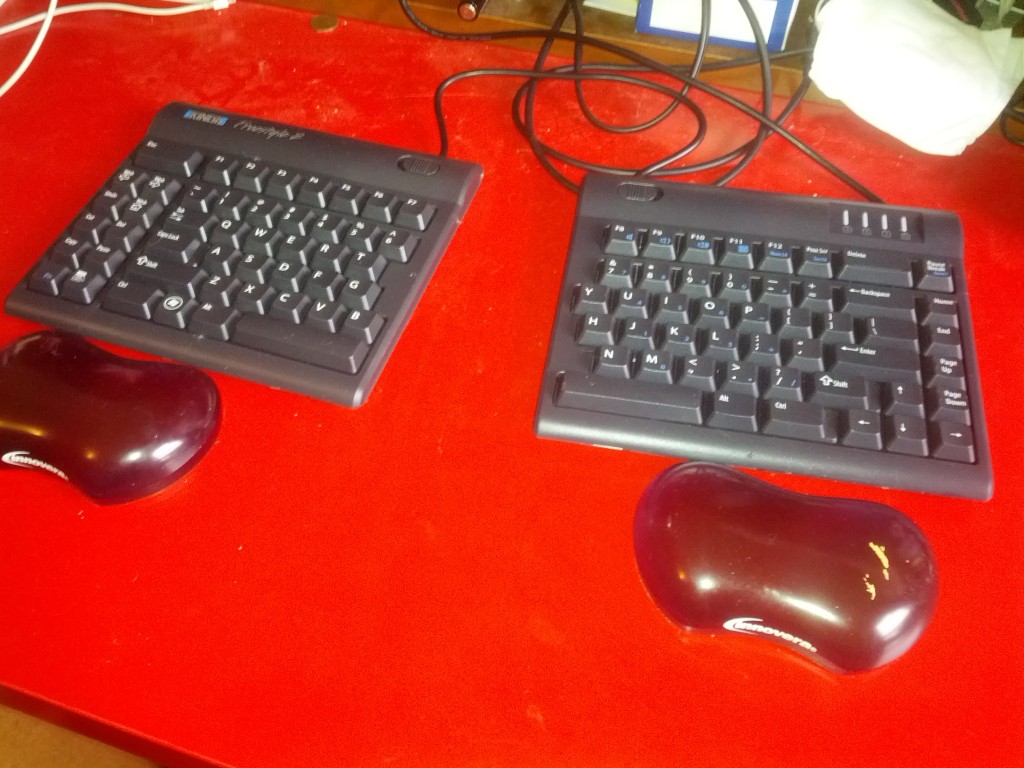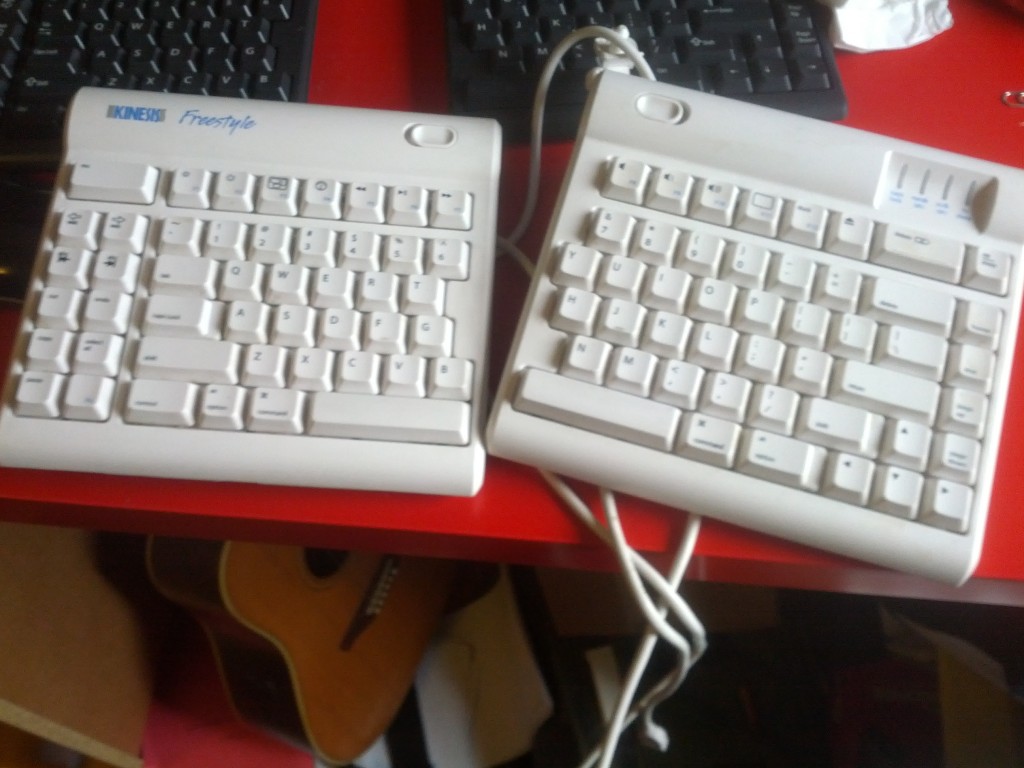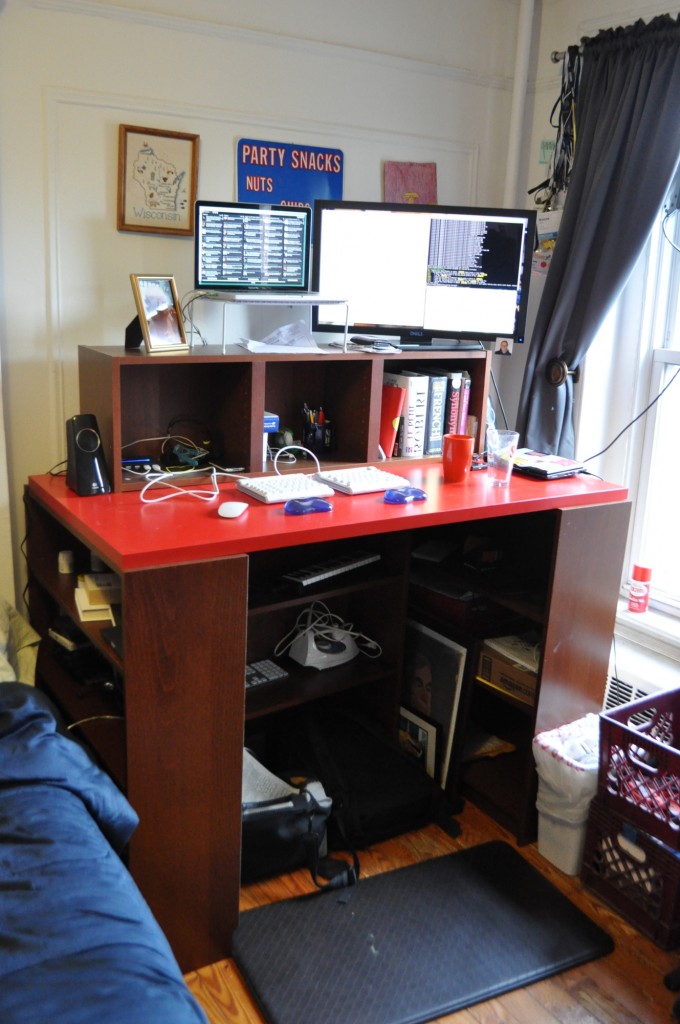SOPA, in its current form, is dead. But the fight to keep the internet an open platform for communication, creativity, and commerce is far from over. Pacts like ACTA are in some ways more troubling than SOPA/PIPA, as they represent attempts of copyright extremists to do an end-run around the US Congress. (Rep. Daniel Issa has spoken about this recently.) The root problem is not a specific piece of legislation, or even a single piece of technology, but fundamental disagreements about the nature of intellectual property, the relationship between the producers and consumers of media, and the role of government regulation in shaping and enforcing worldviews (be they conservative and profit-focused, or progressive and individual-focused). The fight will continue for as long as these disagreements persist. And the copyright extremists will continue to have sway as long as they have enormous amounts of money, and as long as the political system is arranged in such a way that deep pockets dictate legislative agendas.
This conception of the problem suggests two broad strategies. First: attempt to change the political structures that allow campaign and lobbying money to play such a significant role in the legislative process. Primarily, this is an argument about campaign finance reform. For a very readable outline of the problem, as well as the sketch of a few specific strategies for combatting it, I highly recommend Lawrence Lessig’s recent book Republic, Lost. Needless to say, solving the problems of money in politics is enormously difficult and complex, so I’ll set it aside for the moment.
The strategy that I want to consider here focuses more directly on the fact that media companies are very rich, and can afford political canoodling. (Operating here on the admittedly oversimplified assumption that media companies – TV, movie, music, book publishers – are driving the legislation.) These companies get their money from the people who buy their wares. So, in theory, if everyone stopped going to the movies, buying music, watching TV, etc, then they’d have no money. In other words, a boycott.
A few days ago, I tweeted something suggestive along these lines:
When you buy music, watch TV, or see a movie, don’t forget: the makers hate the free internet & will spend huge amounts of money to kill it.
Assume that the premise here is right (namely, that the people who make media – by which I mean, those who choose which media gets created in the first place, who fund its creation, who are responsible for its distribution and marketing, etc – hate the internet as it currently stands). That means that when you make them richer by buying their stuff, you are increasing their ability to fight the internet. All things being equal, then, someone who values the open internet should not spend money in this way – that is, you’d be morally obligated to boycott.
But all things are not equal. (Such is life.) There are some factors that may mitigate the obligation to boycott:
- How valuable is the open internet, really?
I’m assuming that an open internet is valuable enough to defend. I may be totally wrong about this, or I may be overestimating how valuable it is. The less valuable the internet, the less obliged we are to fight against the forces that would wreck it.
- How much collateral damage would a boycott cause?
The supporters of SOPA/PIPA talked a lot about the zillions of Americans who make their livings working for media conglomerates. If boycotting media companies would put them all out of work and out on the street, that’d be a bad thing. Of course, this is a complete caricature. For one thing, you can (and should, and hopefully did) make the very same argument about the zillions of Internet professionals who would be harmed by stifling legislation. More importantly, it’s not as if SOPA vs non-SOPA is a zero-sum game, where media professionals all lose their jobs if SOPAesque bills don’t pass. It’s likely that piracy is not as financially harmful as these companies complain, and it’s likely that there are anti-piracy measures that would not harm Internet professionals.
There’s another kind of collateral damage you might be worried about: the damage caused to the creative people (musicians, writers, actors) who are directly responsible for the media that people love, and the subsequent damage to the “art” itself. In addition to the general points made in the foregoing paragraph, I’ll add that this assumes that the stuff produced by these companies is worth saving. For every The Wire (or whatever your favorite piece of popular media is), there are thousands upon thousands of pieces of trash. Taking these turds out of circulation is probably a *good* thing. Moreover, new models of direct funding for quality art (think Radiohead, Louis CK, projects taking place on Kickstarter) reduce collateral damage even further.
- How much do you value the media produced by these companies?
If you’re a TV junkie, or you love the movies, then it’s certainly rational for you to cling to them a bit more than someone who doesn’t care about these media (see the ‘turd’ comment above).
- How likely is it that a boycott will make a difference?
Probably hundreds of millions of Americans are consumers of TV, movies, books, and music. For a company like NBC Universal to take notice of a boycott, much less to change corporate policies as a result of the boycott, would require huge numbers of boycotters. You might thus argue that your individual boycott would have no positive value.
Sadly, this is at least partly true – I’m sure there are many times more people who would go to bat for their TV shows than for the kind of heady internet freedoms that intellectuals get excited about. That said, January’s blackouts demonstrated a deep dependence on the Internet for a broader swath of Americans than I might have guessed. In any case, even a single dollar kept out of media company coffers is one dollar they can’t use to fight the open internet. The “everybody else is buying media anyway” argument is the same kind of reasoning that leads to looting during blackouts. (See also Kant.)
So what does this all mean? I think that there are a couple of takeaways:
- I think there’s a decent case to be made for a broad boycott.
- Even in the absence of an organized boycott, I think there’s a decent case to be made for individuals to boycott.
- If you care about the internet (if you’re reading this blog post, you probably do), you cannot continue to patronize these media companies without at least recognizing the indirect effects of your actions.
This last point is the most important. Every meaningful decision that you make is an ethical trade-off, and this one is no different. When you continue to patronize media conglomerates, you are saying that what you get from them is worth the damage that you thereby do to the cause of an open internet. You may be right about the value of this trade-off, or you may be wrong, but you can’t in good faith continue to consume without at least thinking about it.



